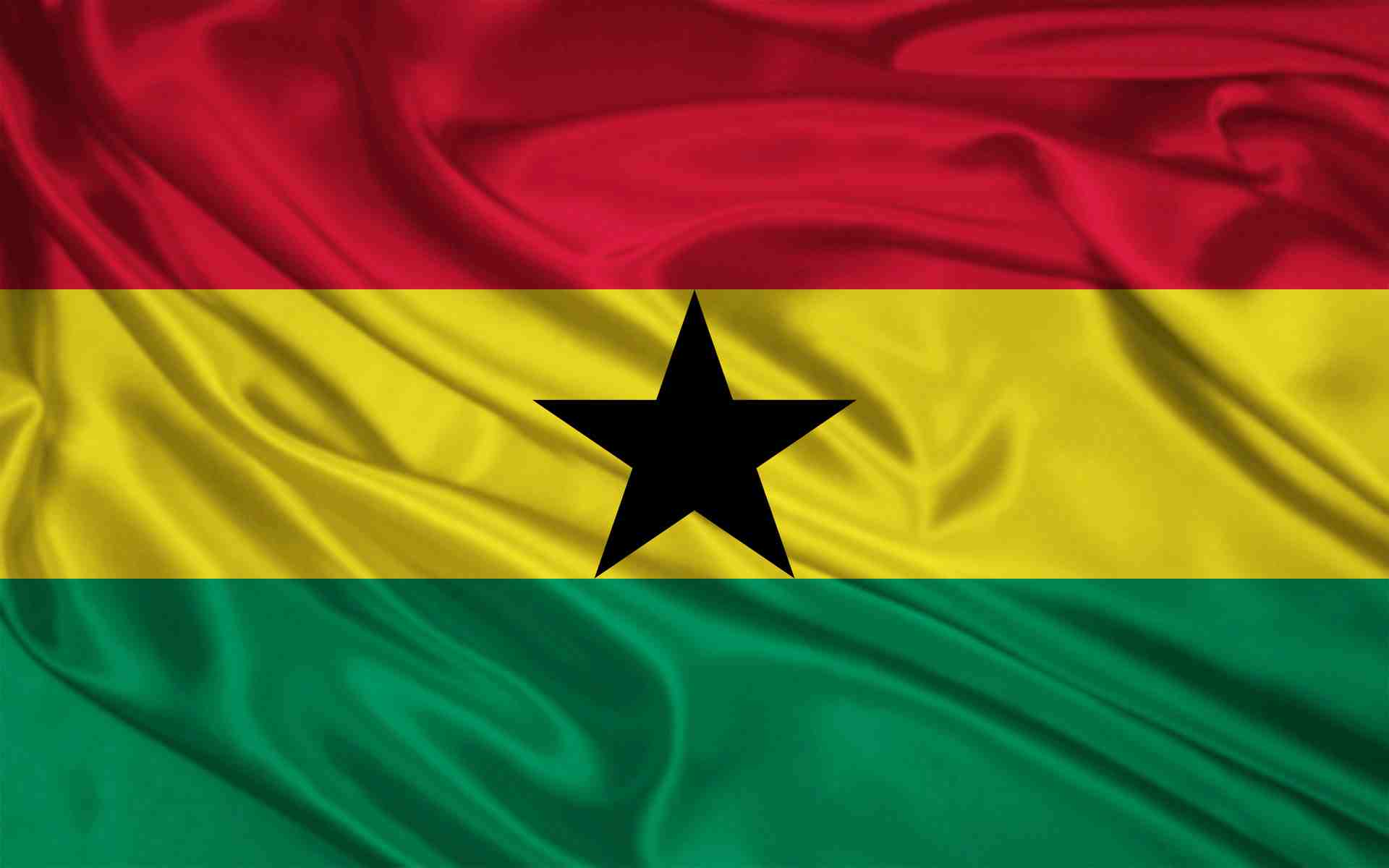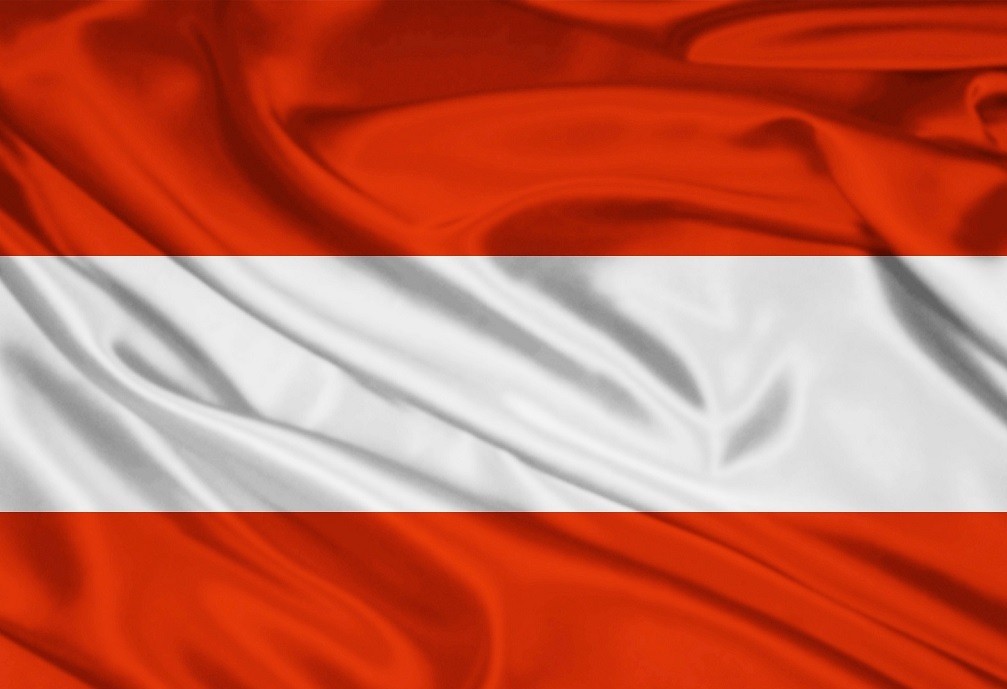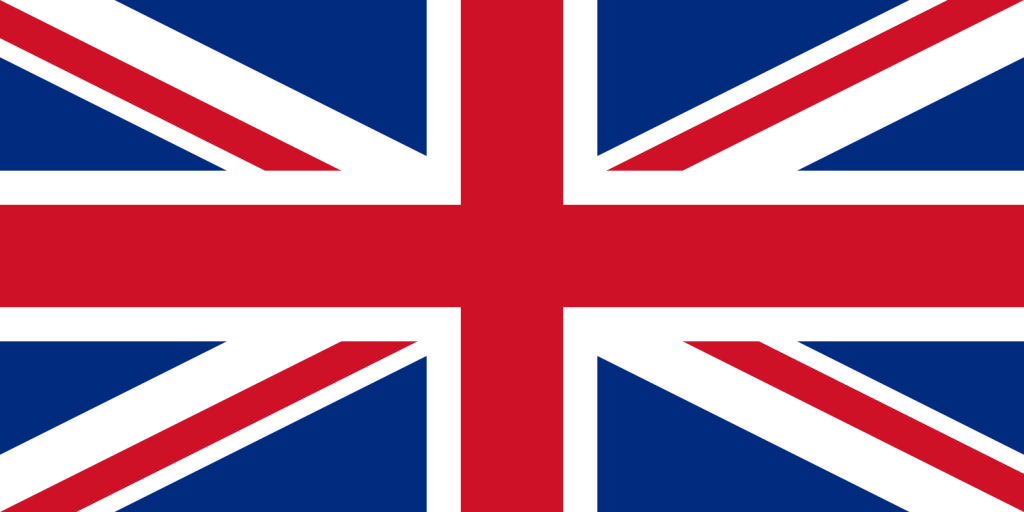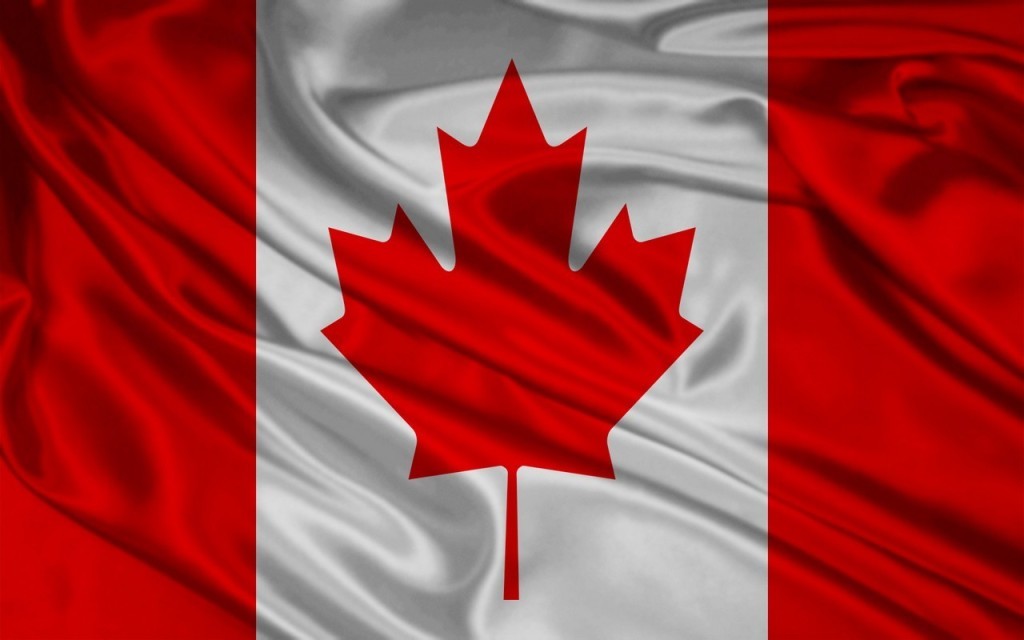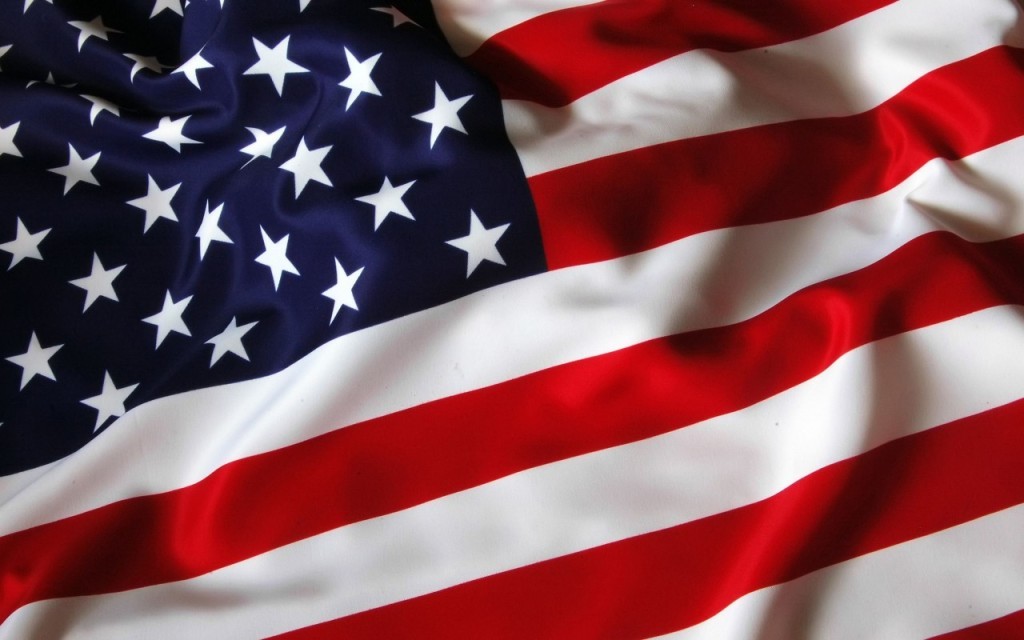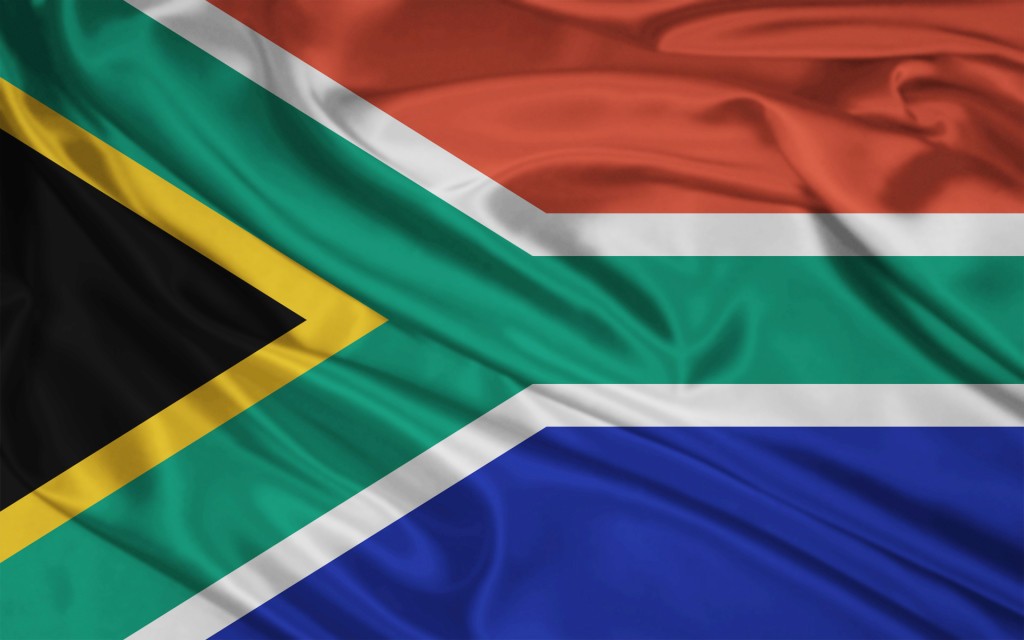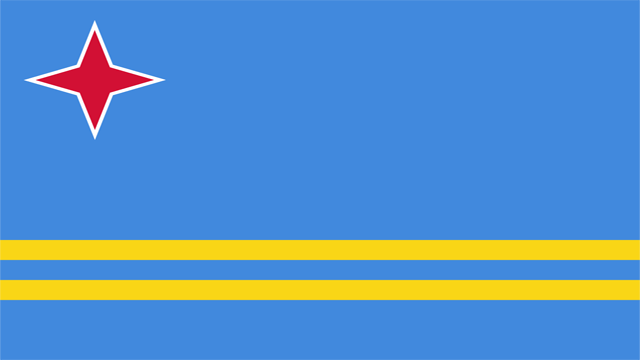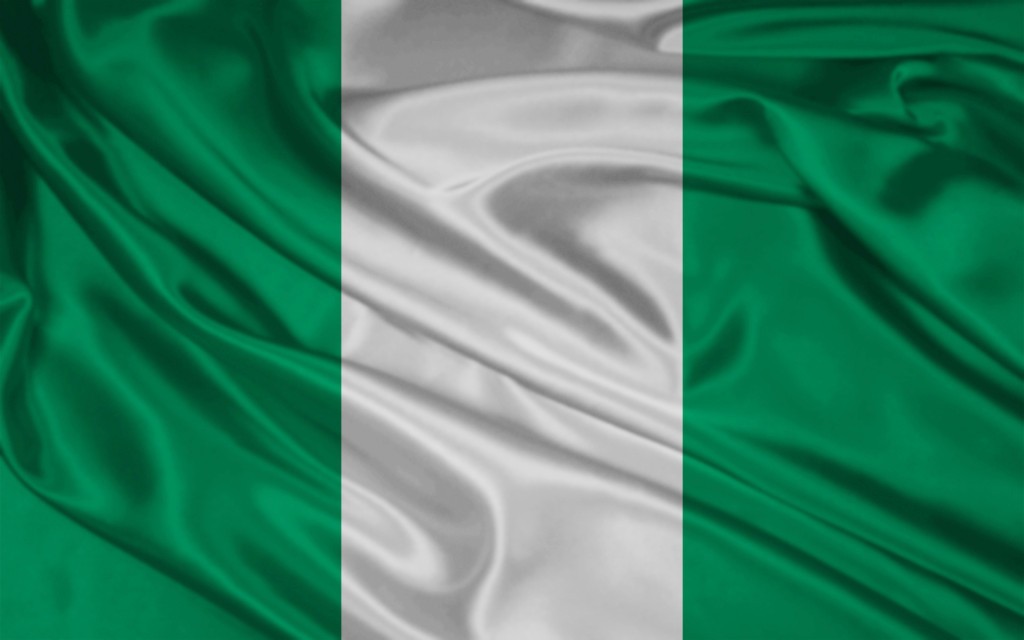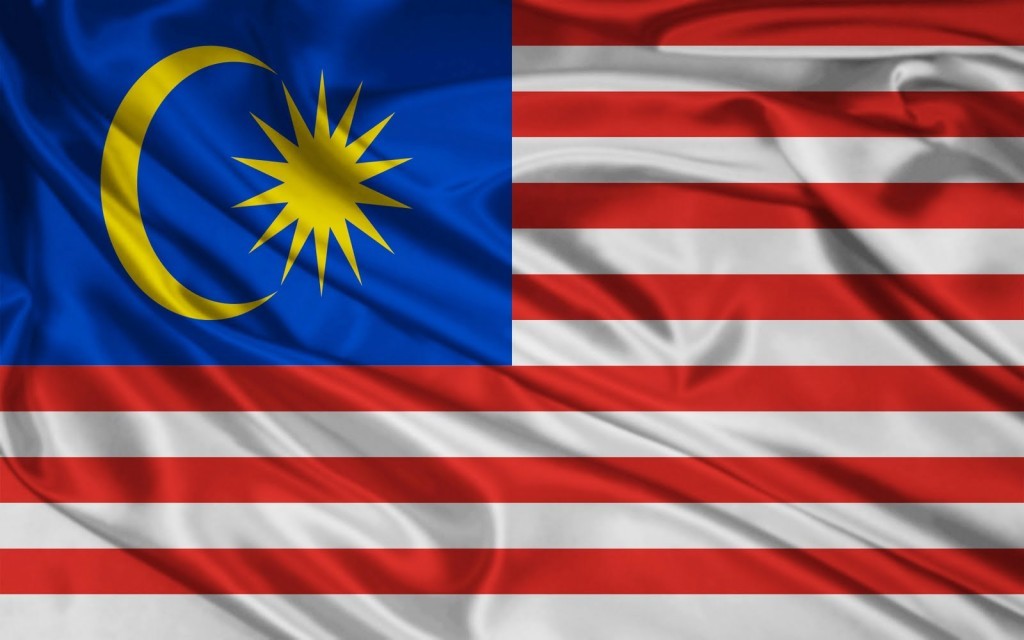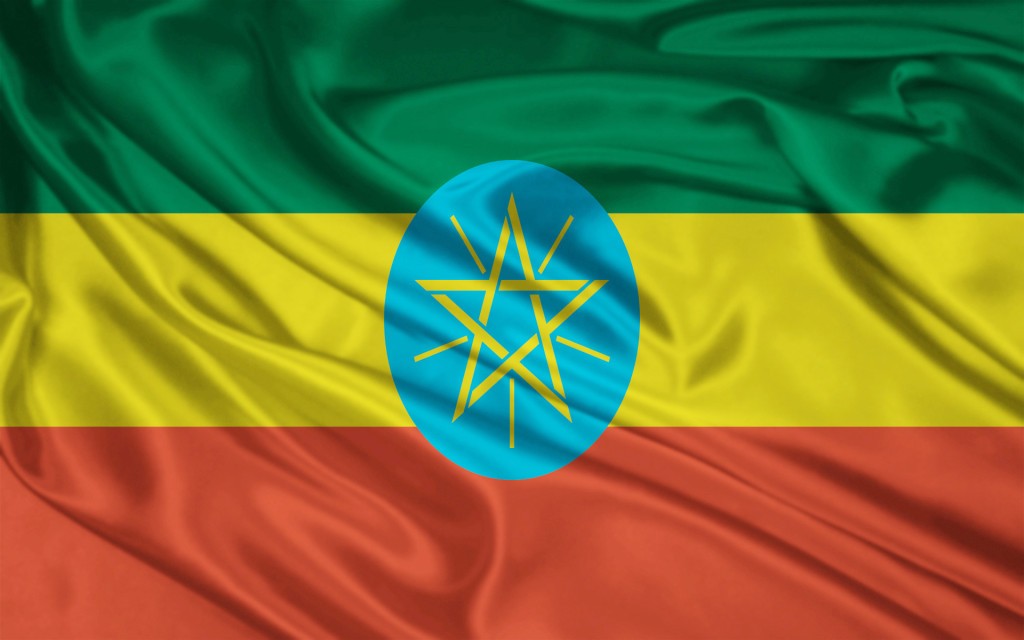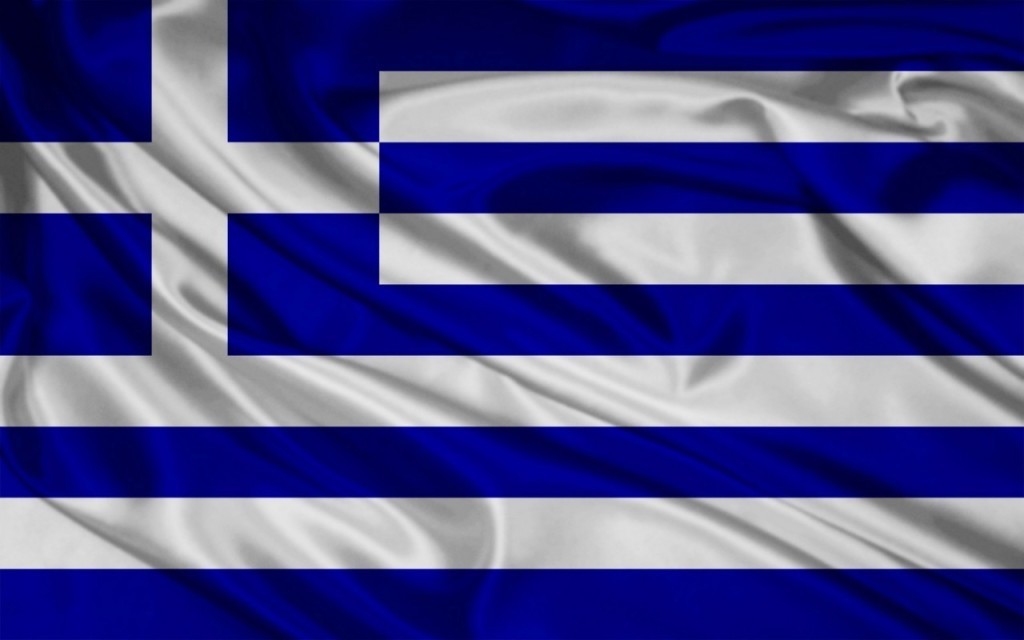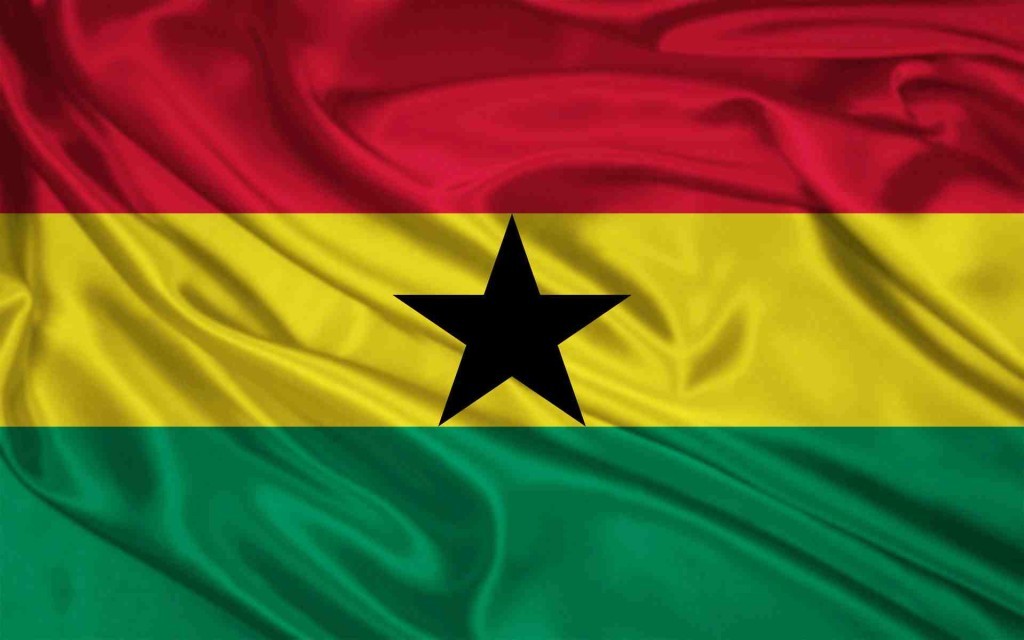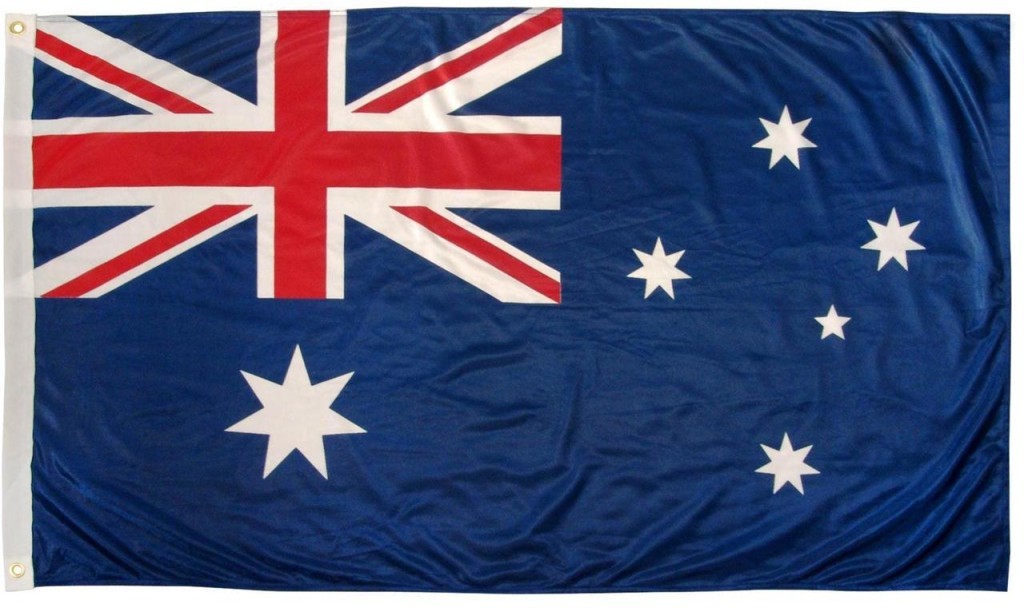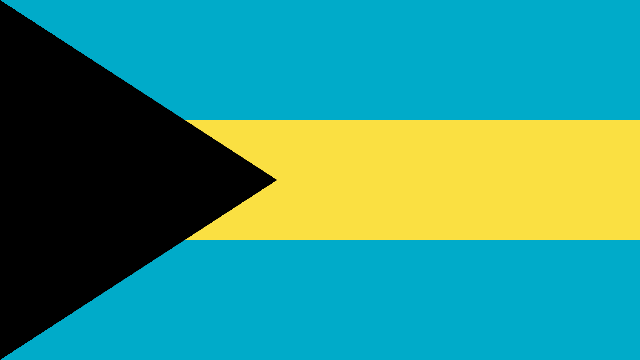15 National Flags and Their Meanings
1) Austria
This flag is dated back to 1230. According to history, whenever Duke Leopold V. of Austria returns from battle, his white which he wore to battle is soaked with blood while the underneath remains white. Some have suggested that this was what inspired their choice of the color of their flag. Quite older than the UK flag (union jack). The flag has two colors red and white with the colors forming equal horizontal bands. The flag was officially raised as Austria’s national flag in 1918 after serving as a naval ensign in the 18th century.
2) United Kingdom
Dated back to 1801, the United Kingdom flag is known as the union jack. It incorporates three elements of older national flags which include crosses of the of the patron saints of Wales, Scotland and England combined together. They all signify the country’s unity.
3) Canada
Also referred to as the “maple leaf flag”, it took Canada many years to conclude its flag design. The discussions for the creation of the flag started in 1985 and lingered up until 1946 to 1960s. In 1964 Prime Minister Lester Pearson, in a bid to end the debate that seemed endless, formed a committee to come up with ideas. Fortunately, the next year, the final conclusion was unveiled and it was a flag that features two colors; red and white with a maple leaf tree design placed on top of the white. Notably is the fact that the maple leaf flag idea, as well as the colors red and white, have been a recurring thing throughout the discussions and debates. The red represents the sacrifices the country made during the world war 1. The entire design represents Canadan’s unity without racial, and religious discriminations.
4) United States
Also known as the “Old Glory” or “Star Stripe” the flag has thirteen horizontal stripes boasting white and red just like the Malaysian flag. The 13 stripes on the flag signify the original colonies while the stars signify the states that make up the union. There is also a blue design decorated with interesting features; 50 stars placed in a row with some occurring in five and six repeatedly. It was adopted in 1960.
Read also: 5 Unforgettable Events of Ancient Ghana
5) South Africa
South Africa old flag dated to 1928. But things changed in 1994 at the beginning of South Africa’s first democratic election when it was replaced by a newer flag. The recent flag highlights six colors including chili red, spectrum green, white, black, blue and yellow and they all give prominence to the unity of different race groups in the nation. The red, green and black colors contained in the flag are also said to be derived from the ANC party and the Boer republic specifically, maybe in allegiance to the freedom fighter Nelson Mandela who founded the party.
6) Aruba
Aruba’s flag was adopted in 1976 and it essentially has three colors; red, light blue and yellow. There have been lots of controversies surrounding the meaning of the Aruba flag. Some believe that the light blue colour on the flag represents the sea and the sky, while the star with four points represents the four main languages of the Papiamento, Spanish, English, island, and Dutch, while the significance of the yellow stripe has been a topic of debate with some school of thoughts proposing that it signifies the gold industry of Aruba while some say it signifies abundance and freedom.
7) Nigeria
Nigeria flag features two colors; green and white. The green color represents the rich Nigerian vegetation and her booming agriculture industry. While the white color signifies peace and unity. It was designed in1959 and was first raised as the country’s flag in 1960 when the country gained independence.
8) Malaysia
Just like Greece, Malaysia’s flag has alternating horizontal stripes but instead of blue, they have red alternating white. There is also a blue square on the upper left-hand side of the flag with 14 pinter star to make it more unique. The blue design signifies the fact that the country has something in common with England while the 14 stripes signify the 13 member states. It was first raised officially in 1963.
9) Denmark
History has it that the two-coloured flag fell from the sky after the defeat of the Estonians in battle by King Waldemar II of Denmark on the 15th of June 1219. The cross on the flag is said to represent Christianity. The Danish flag is believed to be the worlds oldest flag.
10) Ethiopia
Ethiopia’s recent flag is the starting point of Pan African colors which include green, yellow and red colors. The colours signify African independence and unity, and as the first country to get independent, the origin of the color as an African color was attributed to them. The flag was adopted in 1996.
11) France
The national flag of France comprises three colors; blue, white and red placed in vertical stripes. There have been many reasons speculated to have inspired the design but the most famous is that the colors were gotten from the red, white and blue cloth that King Louis XVI wore while addressing some people in Paris during a gathering of revolution. Also, there have been numerous modifications to the flag but the recent design was adopted in 1830.
12) Greece
The national flag of Greece widely called sky-blue-white consists of two colors blue and white creating nine equal horizontal stripes with the two alternating each other. The flag also has a cross (formed by the two colors) which appears in the upper hoist-side. The design was officially adopted in 1802 and though this flag has remained the same, the blue color has been changed so many times since after the Revolutionary war of Greece with the Ottoman Turks. The recent one was adopted in the 1960s. There are no verified reasoning behind the design but history claim that the nine-line stand for nine syllables of the nation’s freedom. The blue represents the sky, and sea (which means unstoppable opportunities while the white represents waves in the sea and clouds in the sky ( that is never ending success)
13) Ghana
The Ghana flag was created in 1957. The same year it was legally accepted and in 1966, the flag was reinstated. Just like Ethiopia, the flag boasts of Pan African colors and they mostly signify the freedom of the people. Independently, the green on the flag represents the natural and green richness of the country. The gold stands for the mineral wealth of Ghana while red and the black star are basically about freedom and liberation of Africa.
14) Australia
The final design of Australia flag was inspired by its colonies; Britain’s Union Jack. The design was approved in 1954 under the country’s Flags Act1953 after a long period of choosing different factors such as the dimensions, stamps and more. The flag features three basic symbols; the Union Flag, the Commonwealth Star, and the Southern Cross. The big cross is the Union Jack (UK flag which allegedly represents unity in defiance), while the big white seven-pointed star represents Commonwealth Star, and finally, the five other stars stand for Southern cross. Although the country has other flags representing the country, her government, and people, this has remained the official symbol of the country.
15) Bahamas
Bahamas is another country that chose a rather simple design with three colors; blue, black and gold. The blue stands for water, the blue stripe signifies the beaches on the island of the Bahamas while the black color represents the people and their quest to develop both the land and the sea. The nation adopted the design in 1973 to replace British blue ensign defaced. Unlike other flags which have gone through numerous changes, this particular design has served the Bahamas since it gained independence.
